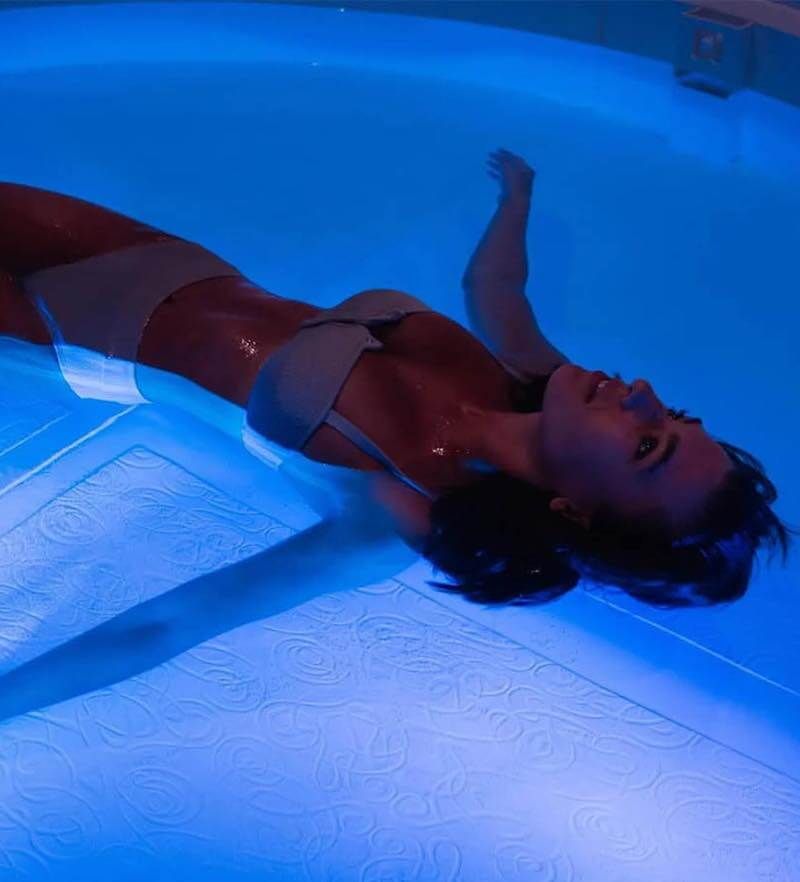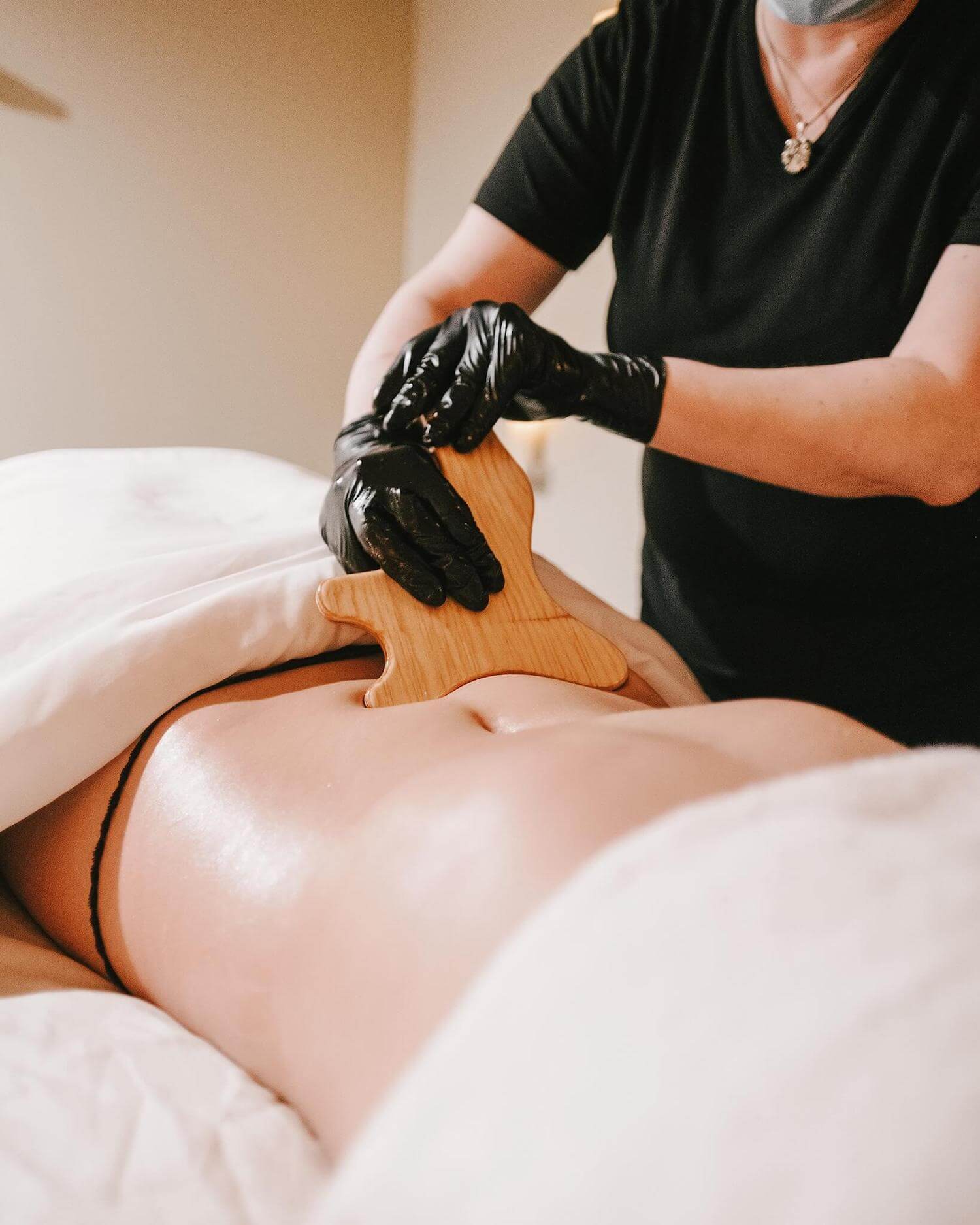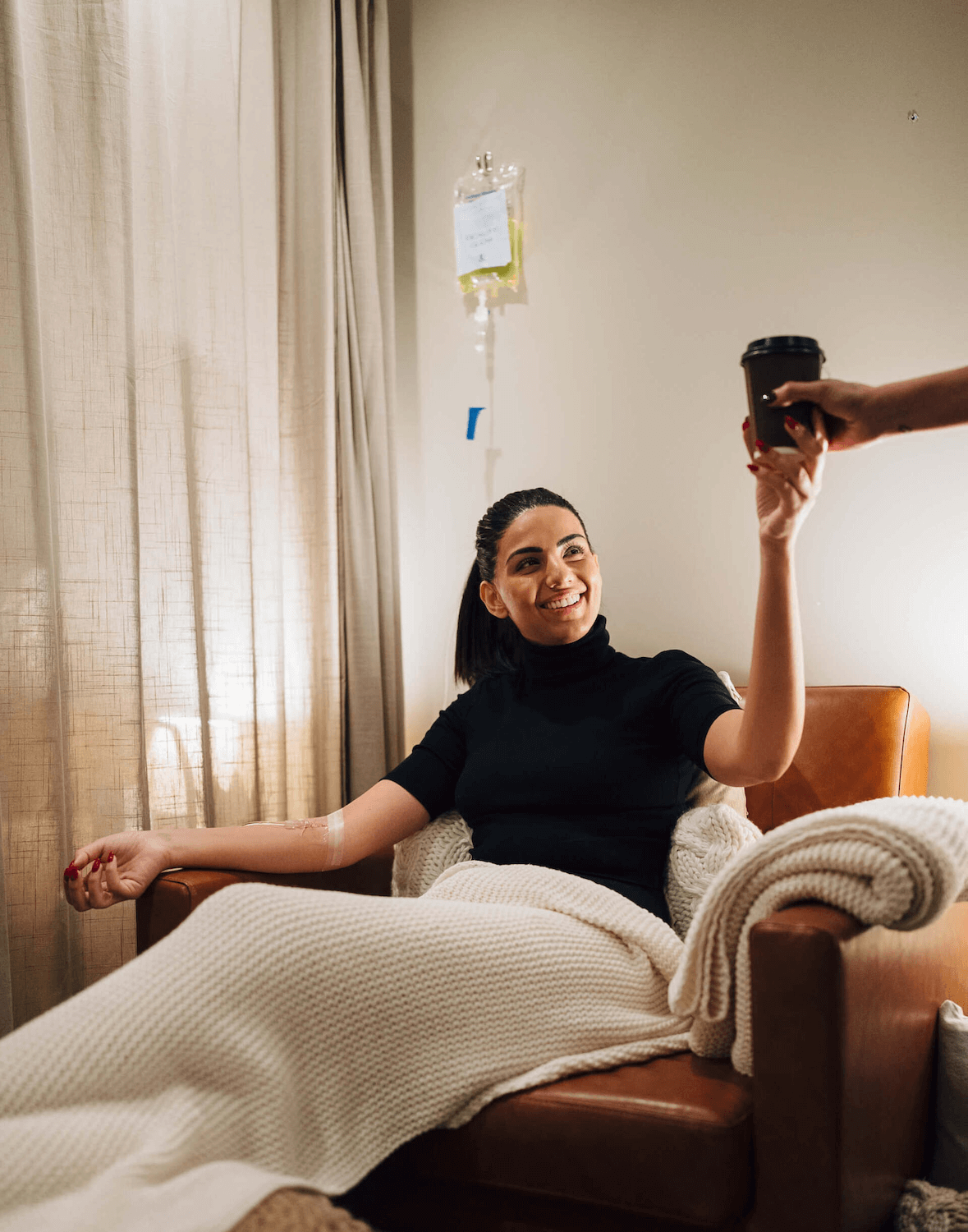Get huge discounts with our Spa's service with package deals! VIEW DEALS
FAQ's
Give your inbox a refresh.
Get the latest scoop on all things health & wellness
Email us
Thank you for contacting us.
We will get back to you as soon as possible.
We will get back to you as soon as possible.
Oops, there was an error sending your message.
Please try again later.
Please try again later.
Freeze & Float Spa •
371 W Ontario St., Chicago, IL 60654 • 312-809-7008
© 2025
Feeze & Float Spa | All Rights Reserved
Web Design and Marketing by VeerMobile.com







